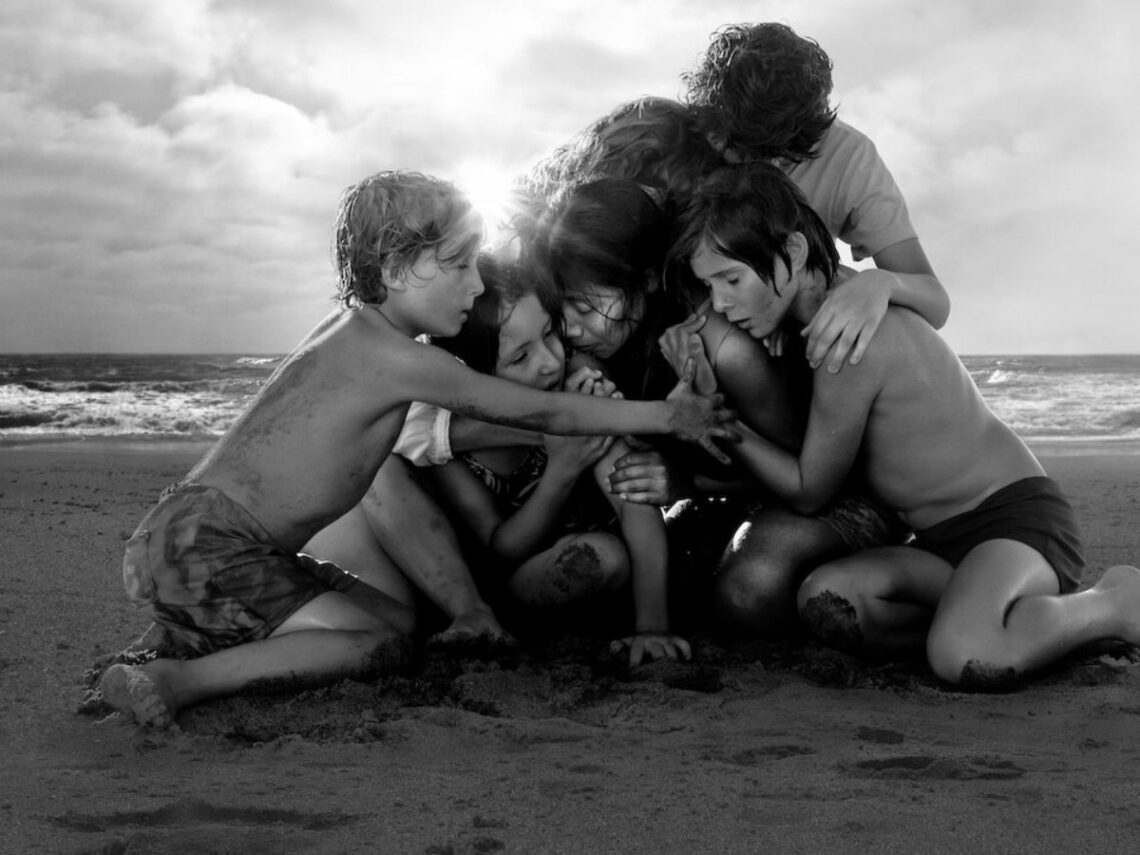
Watch ‘Roma’ again, but this time, pay attention to the background
Alfonso Cuarón’s Roma is easy to admire and hard to shake off. With its stunning black-and-white cinematography and semi-autobiographical core, it is the kind of film that moves slowly but lands heavily. Most viewers come away remembering Cleo, her silence, her stillness, and her heartbreak. But if you really want to understand Roma on Netflix, look past her for a moment. Look behind her. The background is where Cuarón hides his most profound commentary.
Unlike most filmmakers who use the background to reinforce mood or setting, Cuarón turns it into narrative space. The background in Roma is not decoration. It is the unsaid. The unseen. It carries everything society ignores: class hierarchy, political unrest, domestic violence, and structural injustice. And Cleo walks through it all like someone trying not to disturb the frame.
Take the long tracking shots through the house. The camera does not follow Cleo with intensity. It simply glides, allowing you to see her as one part of a larger domestic machine. Children dart in and out of rooms. Family members talk over one another. But Cleo stays quiet, almost invisible, moving in and out of frame. She is the centre of the story but never the centre of attention. That paradox is not just a cinematic trick. It is the point.
Even the street scenes are composed with such exact precision that you can easily miss how much is happening. Cuarón uses deep focus to keep everything visible: the protests, the military presence, and the random interactions in the background. While Cleo walks forward, history unravels behind her. Her personal story and her country’s unrest are never truly separate.
Then comes the hospital scene. The frame is almost static. The camera does not indulge her pain. There are no dramatic zooms or score. But in the background, other stretchers pass, other women cry. It is a quiet but devastating reminder: Cleo is not alone in her suffering. She is one of many.
The massacre sequence is a masterclass in blending the personal and the political. What begins as a mundane shopping trip collapses into chaos as a student protest turns deadly. The violence outside bursts into Cleo’s world, and the background becomes the foreground. In that moment, the film refuses to let any of the characters or the audience pretend that politics exist “elsewhere”.
Even in domestic moments, the background carries weight. Whether it is the shadow of a man leaving or a television playing a news report, or it be servants huddled in the kitchen while the family eats in silence, these small details say more than dialogue ever could. The emotional tension is embedded in architecture, movement, and absence.
What Cuarón achieves with Roma is more than technical mastery. He builds a visual language where stillness and space become storytelling tools. Where the frame does not direct your attention to the “important” part, but asks you to look everywhere at once. Life, after all, does not announce itself. It just happens often while you are too distracted to notice.
And that is the genius of this film. It refuses to give Cleo the cinematic treatment a traditional protagonist might receive. Because Cleo is not supposed to be the kind of person stories are written about. She exists in the margins, just like so many women, so many workers, and so many forgotten hands who hold households together and suffer in silence.
So when you watch Roma again, do it differently. Let your eyes wander. Follow the people in the back of the frame. Listen to what is happening off-camera. You will find the real story there. And you will realise Cuarón was never hiding it. He was just trusting you to notice.